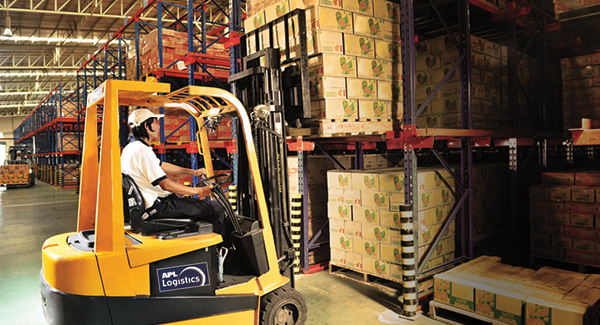
11 Sep How to Implement a Warehouse Management System
Warehouse Management Systems (WMS) have been available since the earliest computer systems allowed simple storage location functionality. Today, WMS systems can be standalone or part of an Enterprise Resource Planning (ERP) system and can include complex technology such as Radio Frequency Identification (RFID) and voice recognition. However, the basic principle of the warehouse system has remained the same—to provide information to allow efficient control of the movement of materials within the warehouse.
Selecting Management System Vendors
When selecting a WMS, there are many vendors to choose from. If you currently operate an ERP system, then the WMS functionality may be part of that suite, or you can use a bolt-on WMS package. For companies that use best-of-breed solutions, the choice of WMS will reflect the requirements of your warehouse operations.
The implementation of a WMS is often complex. Project planning is critical to the success of any WMS implementation. The project requires warehouse resources to collect data on the physical warehouse, materials, and inventory, as well as defining the strategies required to operate the warehouse. There is the added challenge of implementing the system whilst still operating the warehouse. A major factor of all projects is to still ship product whilst the WMS is being implemented.
Implementation of WMS
The complexity of a WMS implementation varies with each business. The physical dimensions and characteristics of each item to be stored in the warehouse should be collected and entered into the new system. Capacity calculations require the physical size and weight of the stored item, as well as the dimensions of all the storage bins or racks in the warehouse. The storage options for each item are required, for example, if the item can be stored separately, in a box, pallet, or if it can be stacked.
Each item must be reviewed to see if it has physical limitations on its storage, such as requiring refrigeration.
Hazardous material information needs to be collected so that the item is not stored in certain areas. This information is only part of the requirements of the WMS implementation. The system requires decisions on the configuration to be made on how items are to be placed or removed from the system, in what order, for what types of materials, and what methods of placement and removal should be used.
The implementation requires significant input from the resources that operate the warehouse on a day-to-day basis and this can be a strain on warehouse operations. A successful project will recognize this fact and ensure that the key personnel required for the implementation are given adequate back up so that warehouse operations do not suffer.
After Warehouse Management System Launch
After the successful launch of the WMS system, many businesses will find that the resources required to operate the system are greater than prior to the implementation. This is primarily due to the data-intensive nature of the software and the fact that warehouses are in a state of flux; racks are moved, placement and removal strategies changed, new items added, new processes developed.
Warehouse accuracy is paramount for the software to operate and, to do this, data will need to be entered accurately and in a timely fashion. Although most WMS implementations will reduce labor costs in the placement and removal of materials, there is often an added warehouse management function required just to operate the software.
Despite the complexity, WMS systems do offer businesses considerable benefits. Not only will placement and removal cycle times be reduced, but inventory accuracy will be improved. This is in addition to increased storage capacity, increased organized storage of materials, and greater flexibility of warehouse operations.



